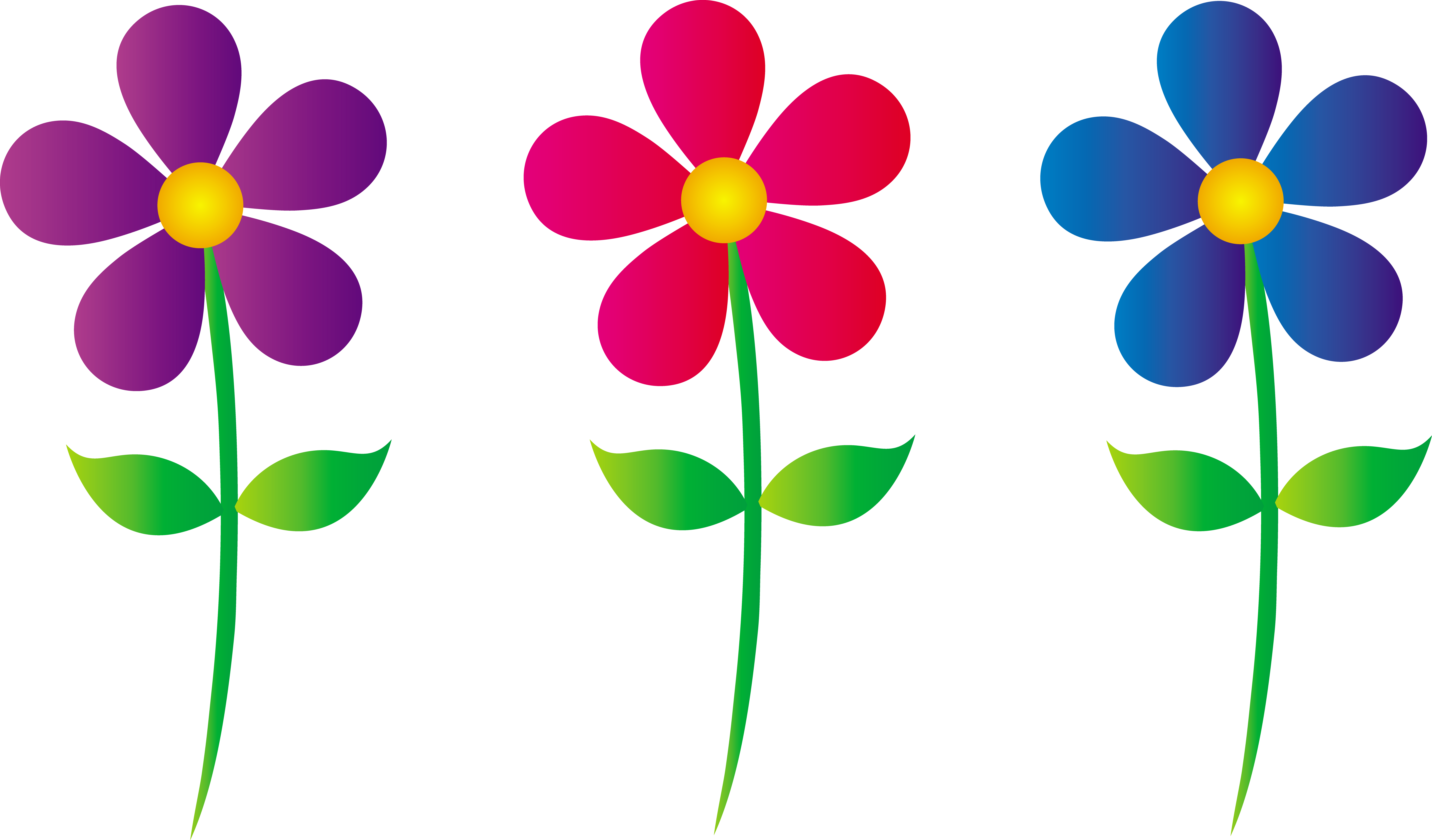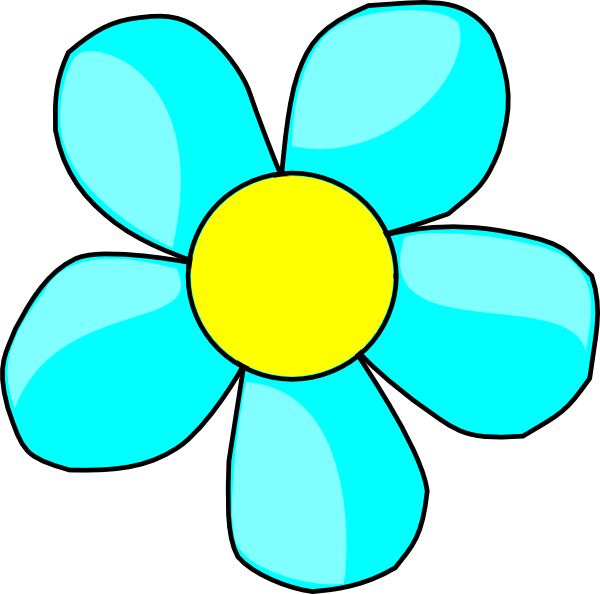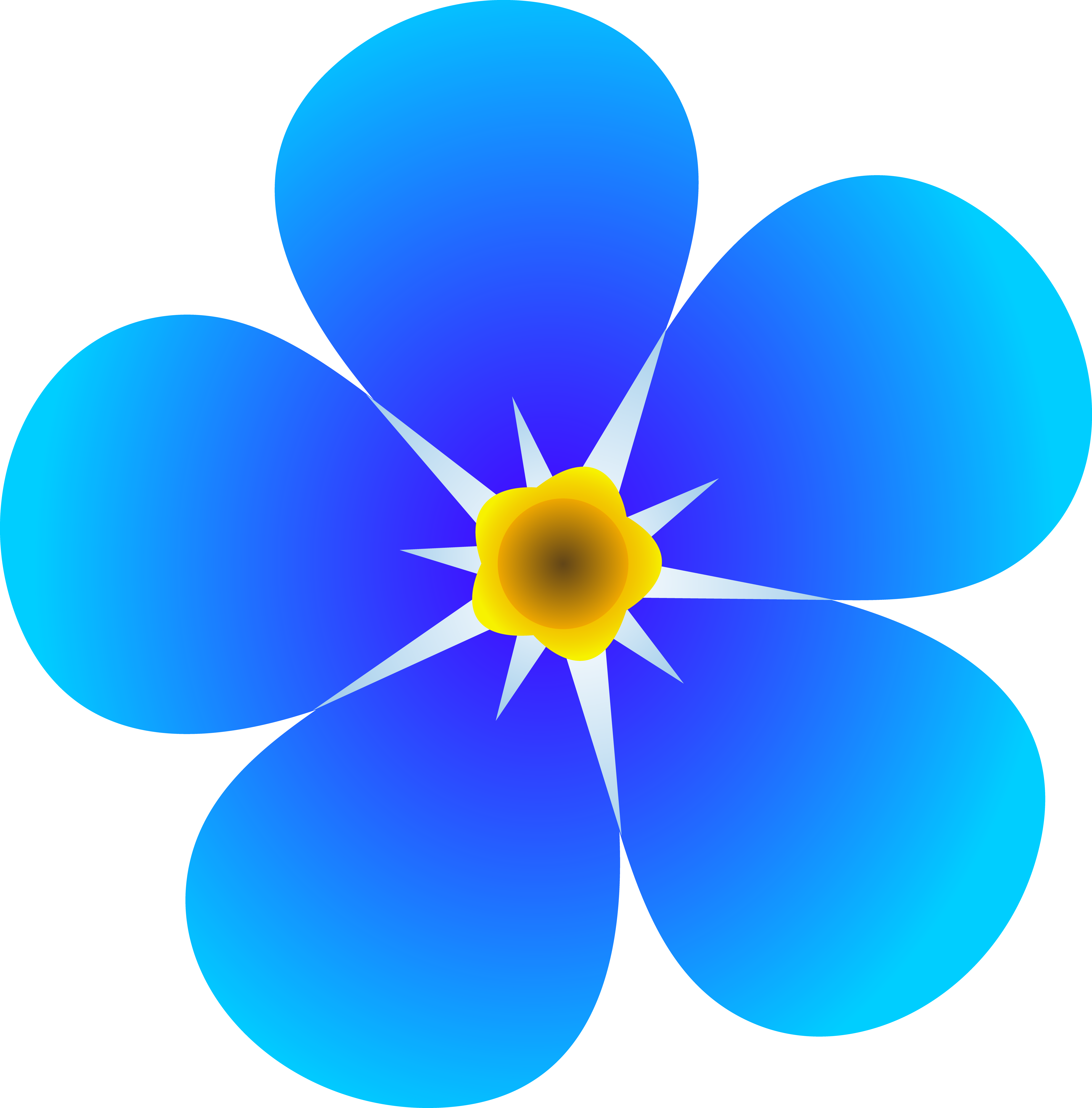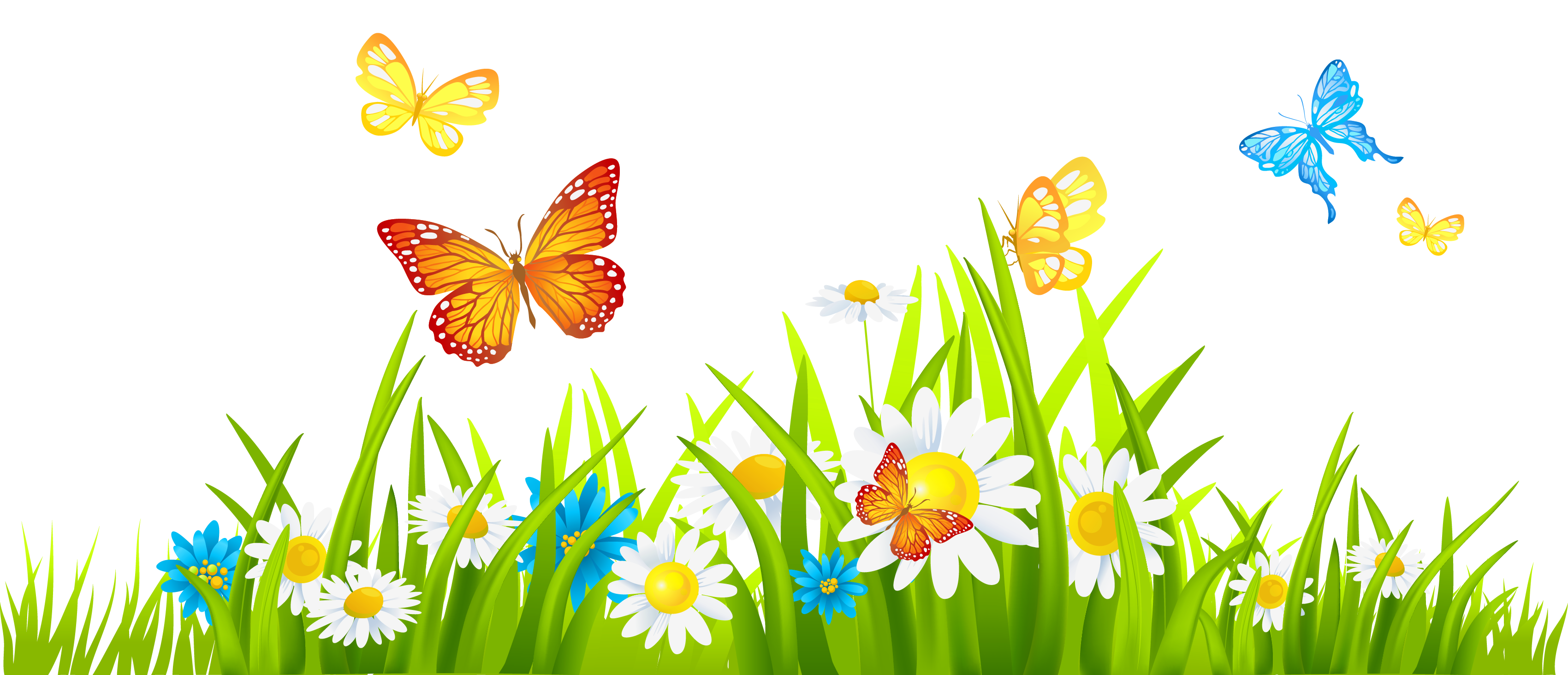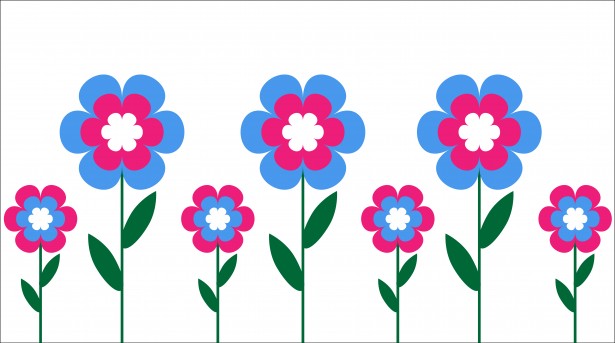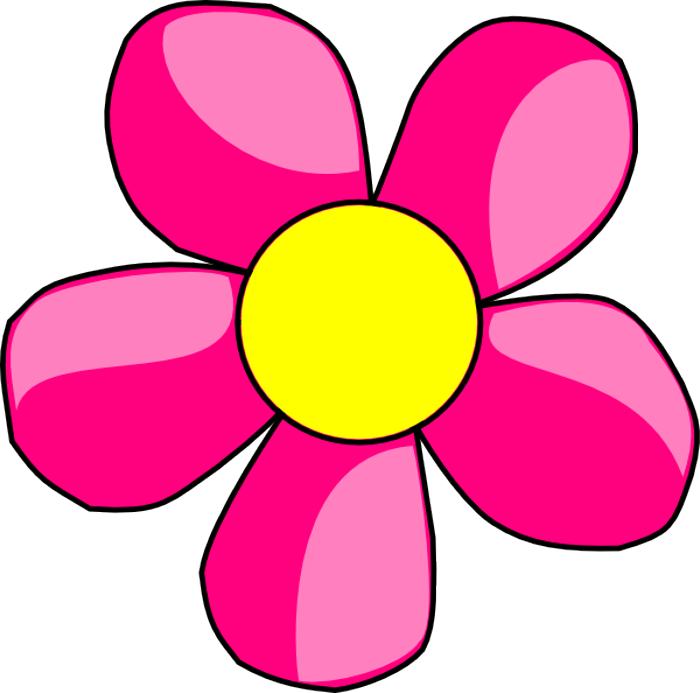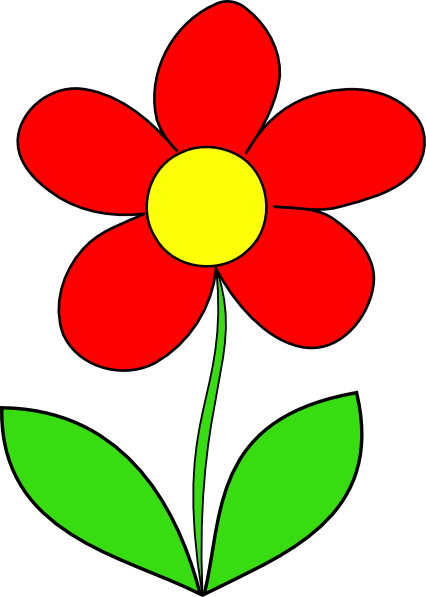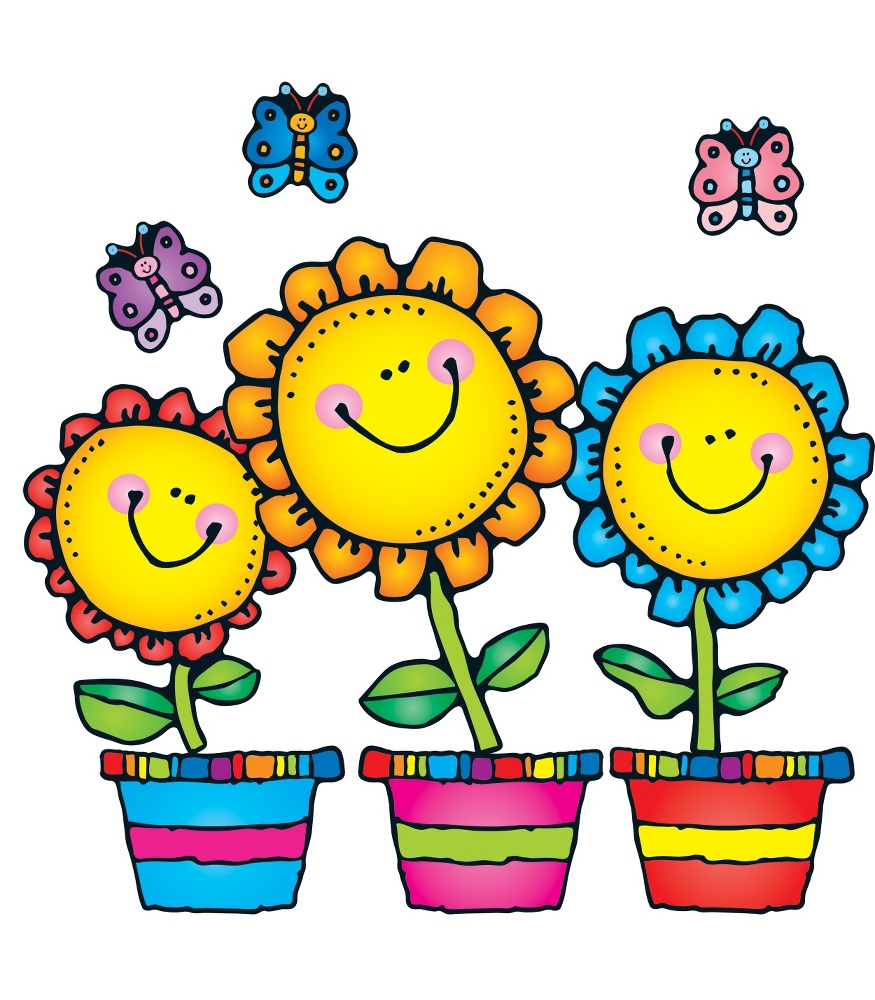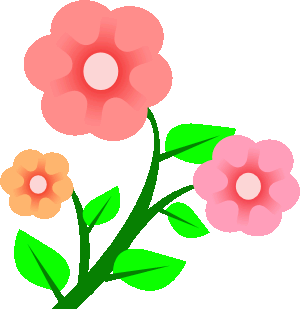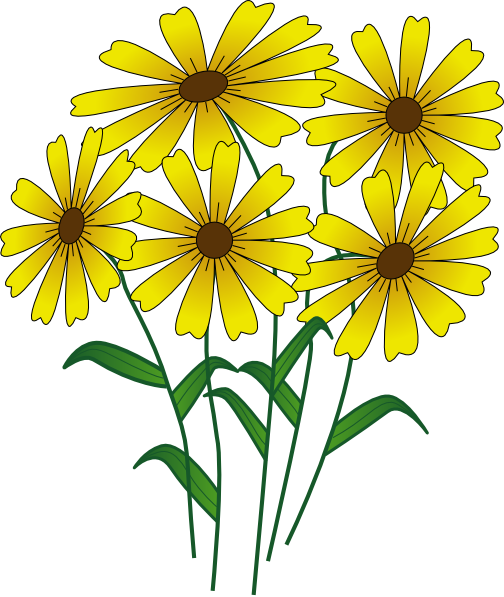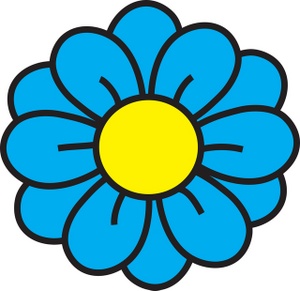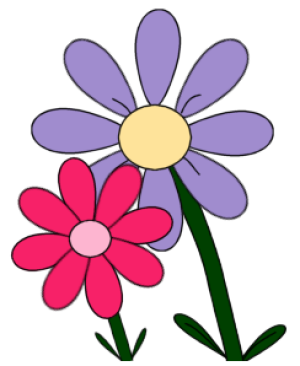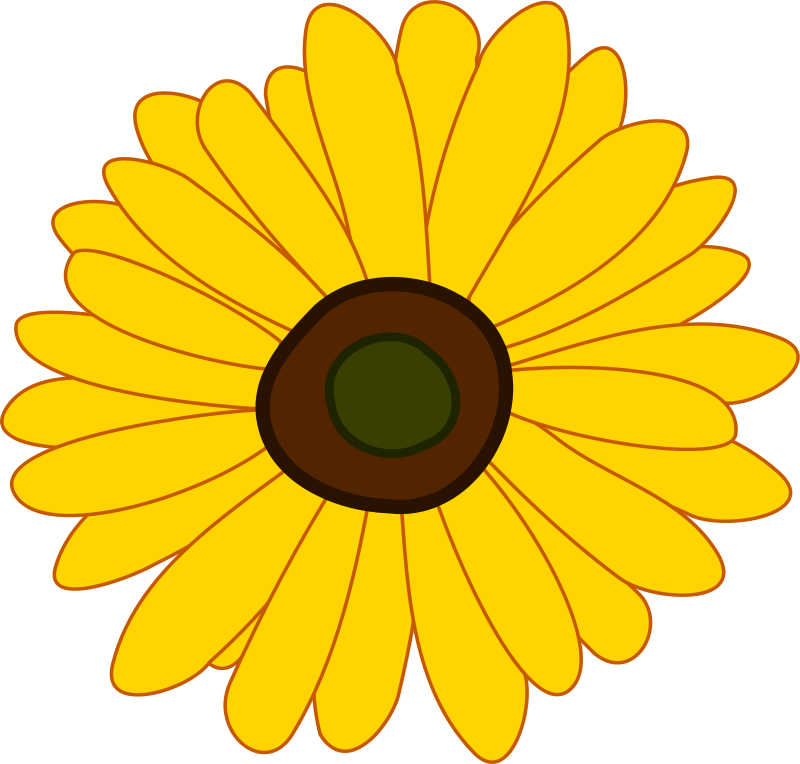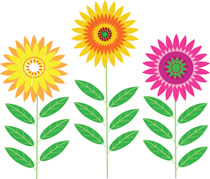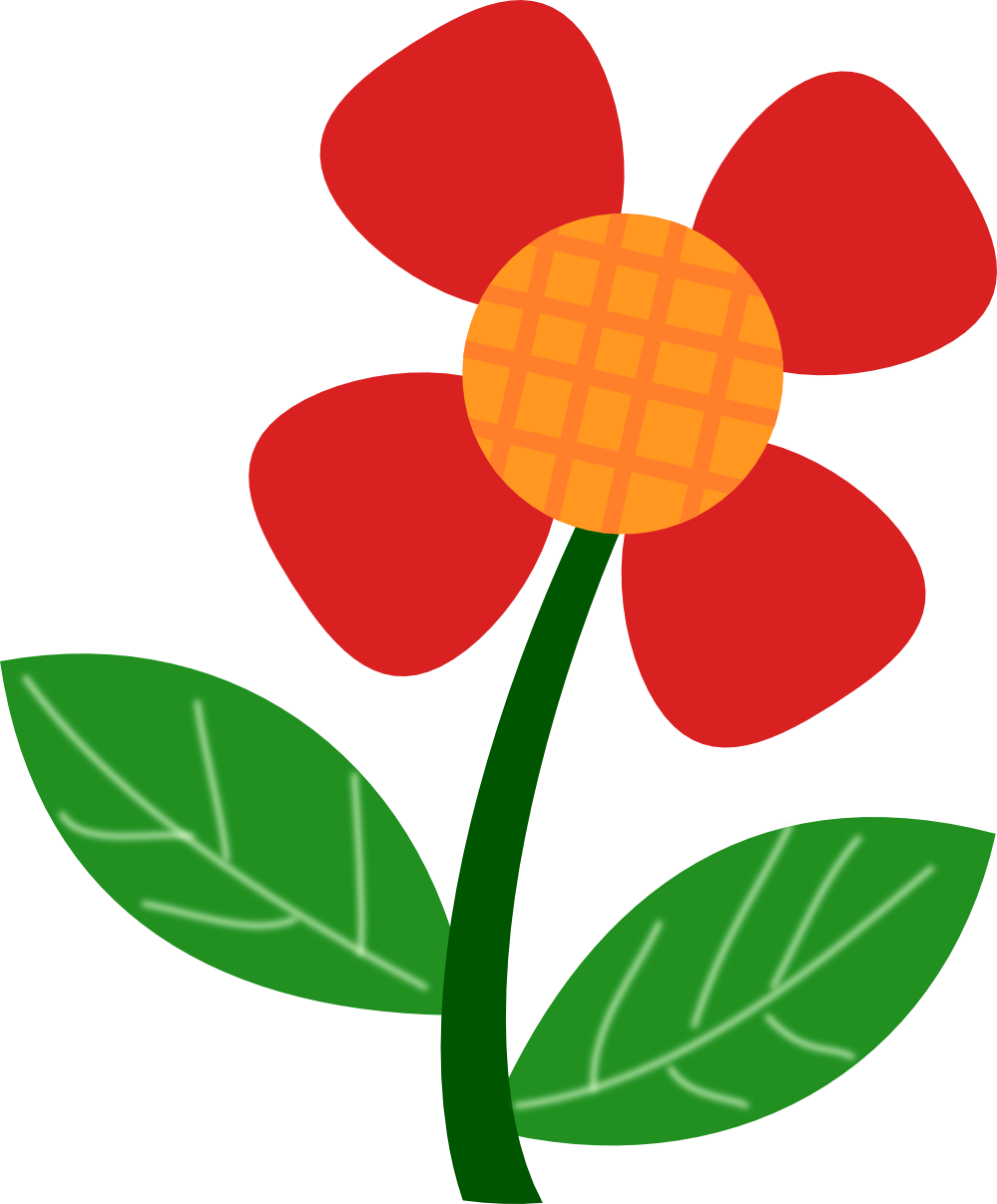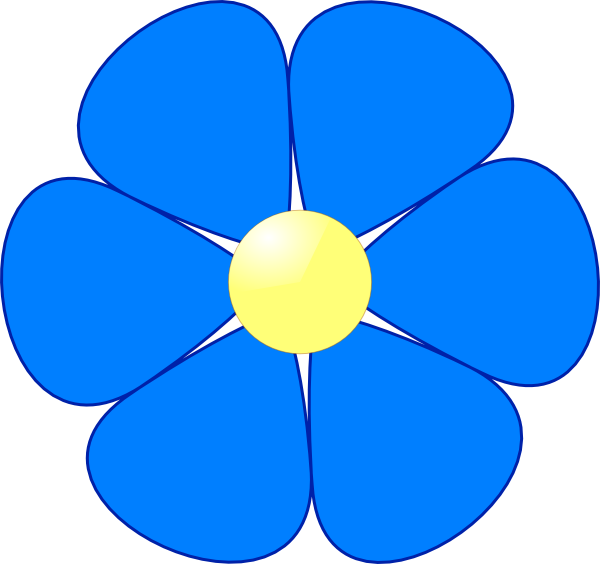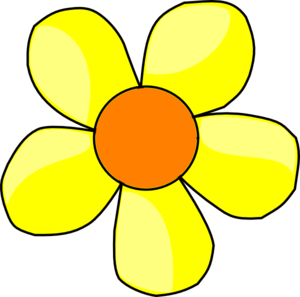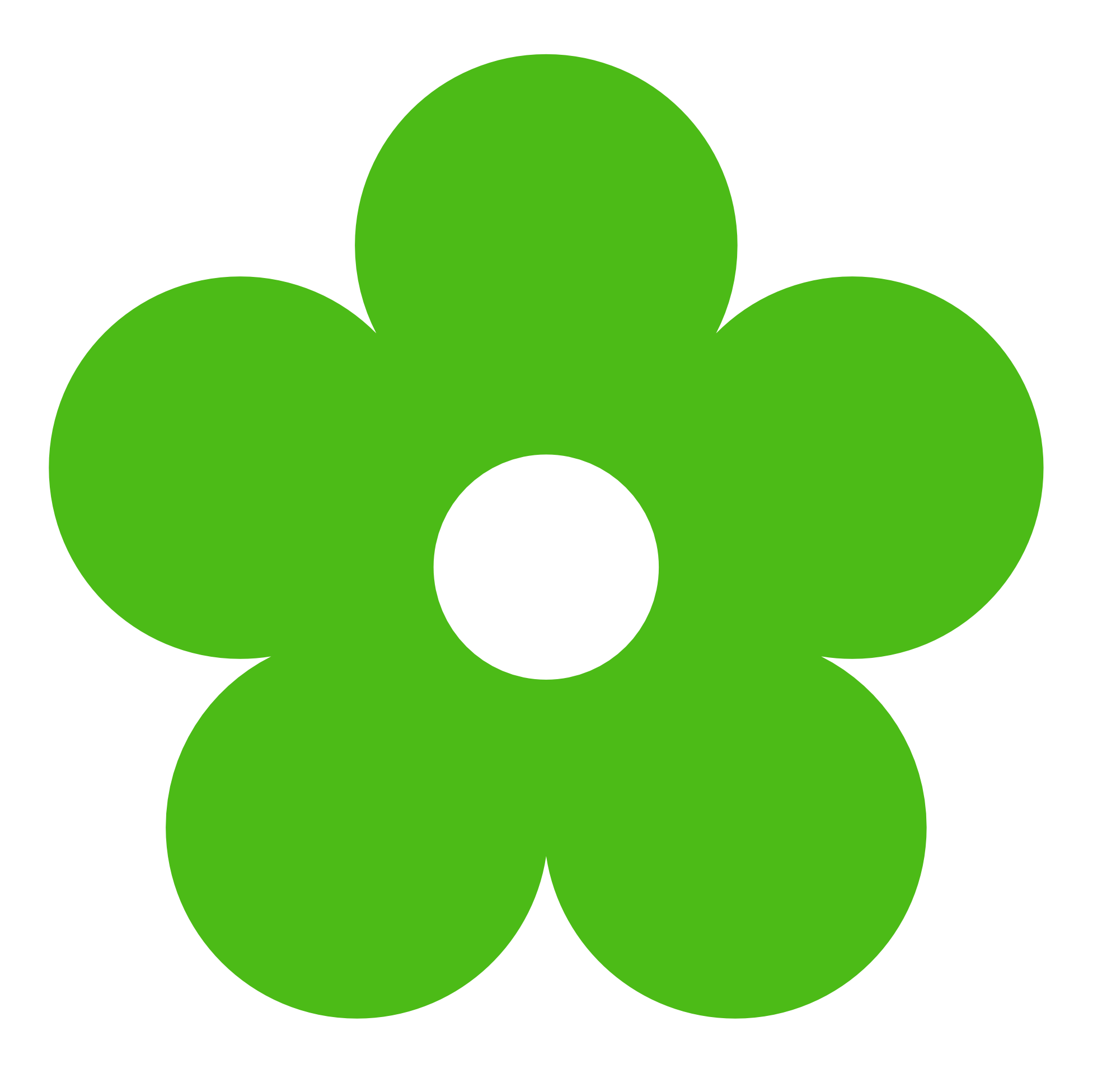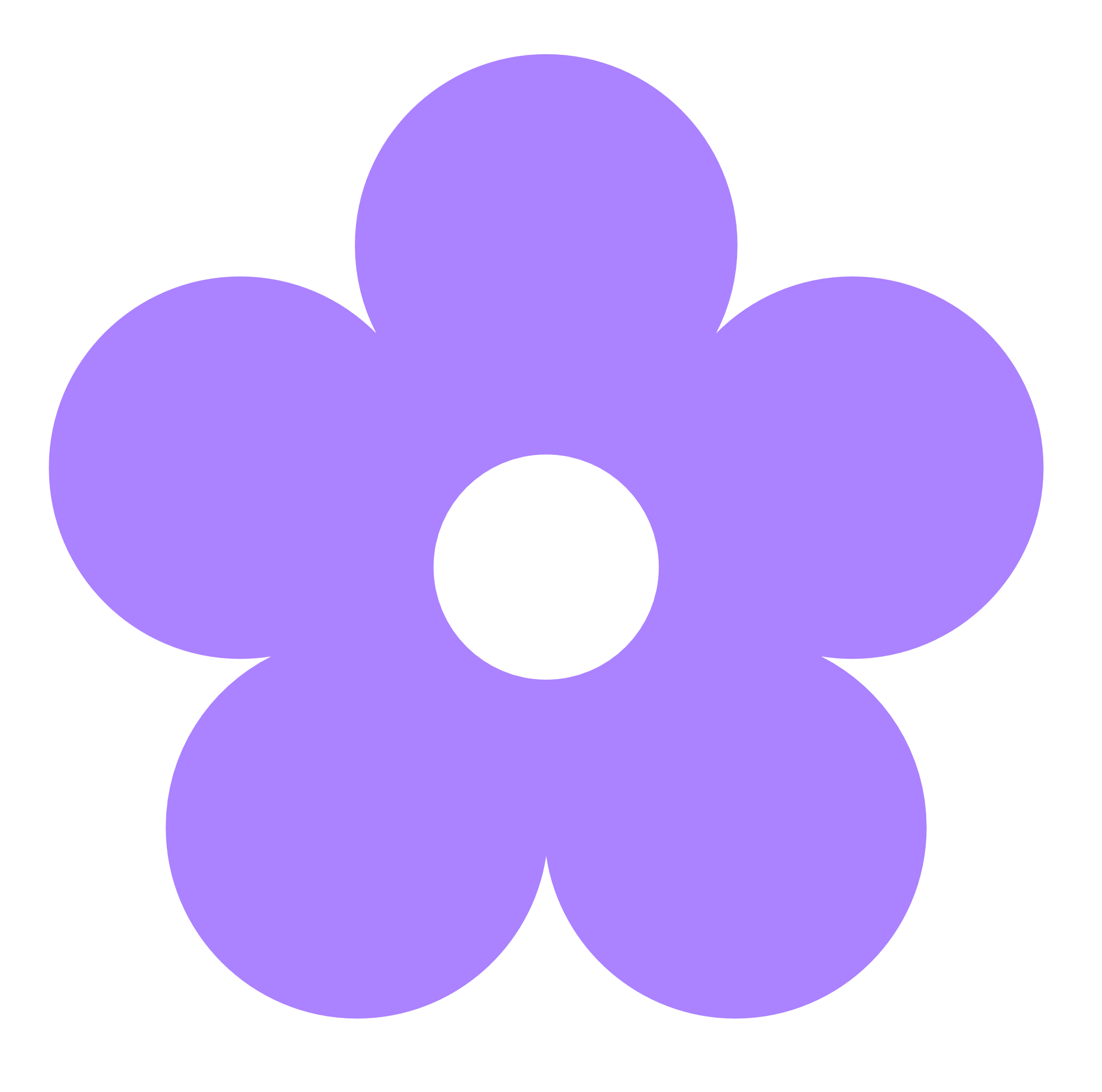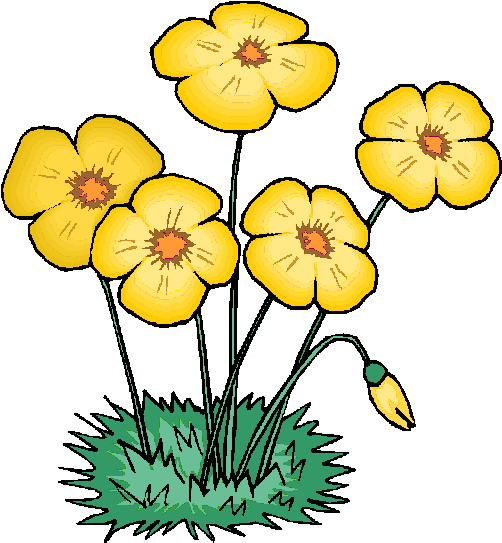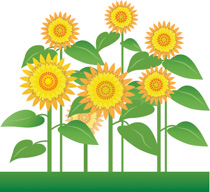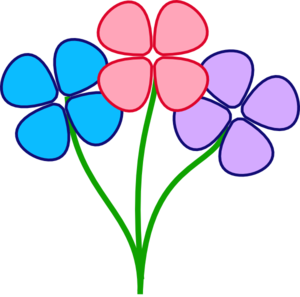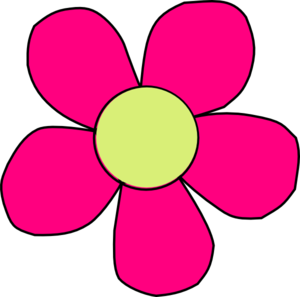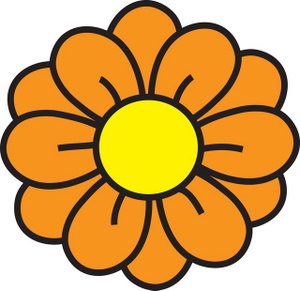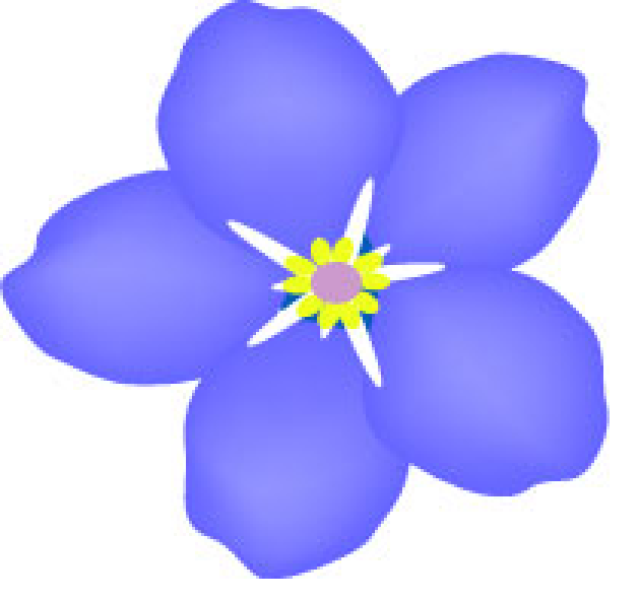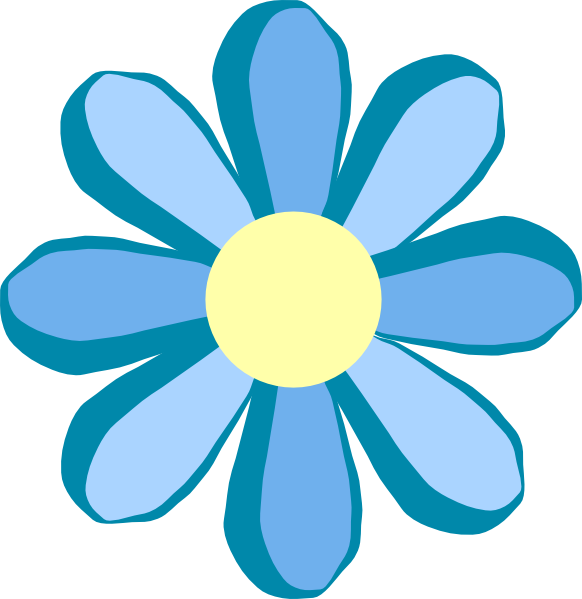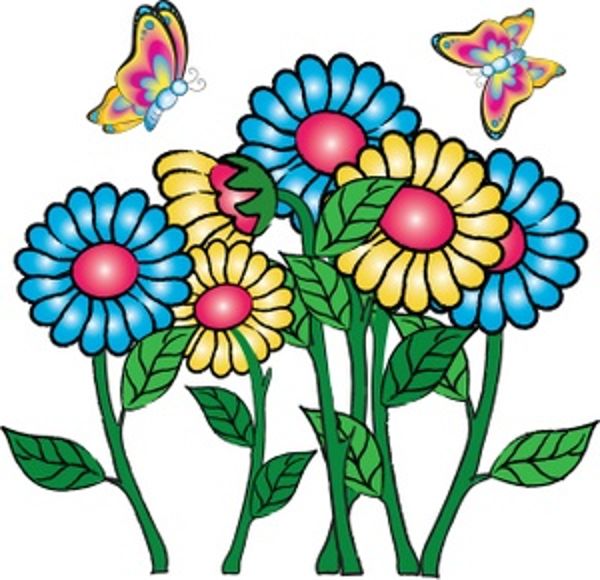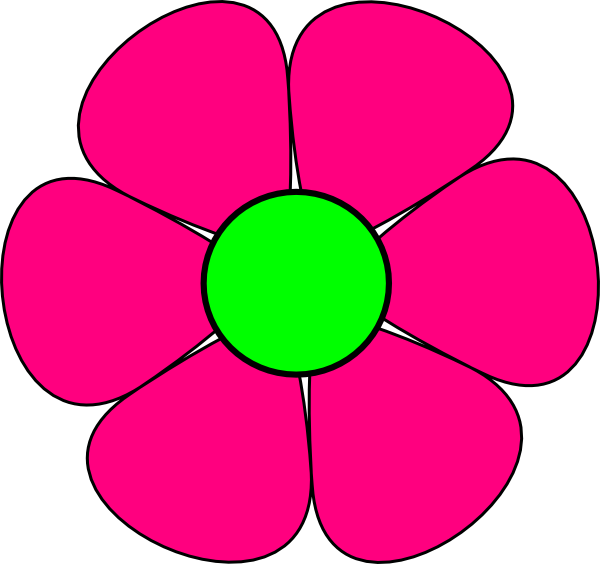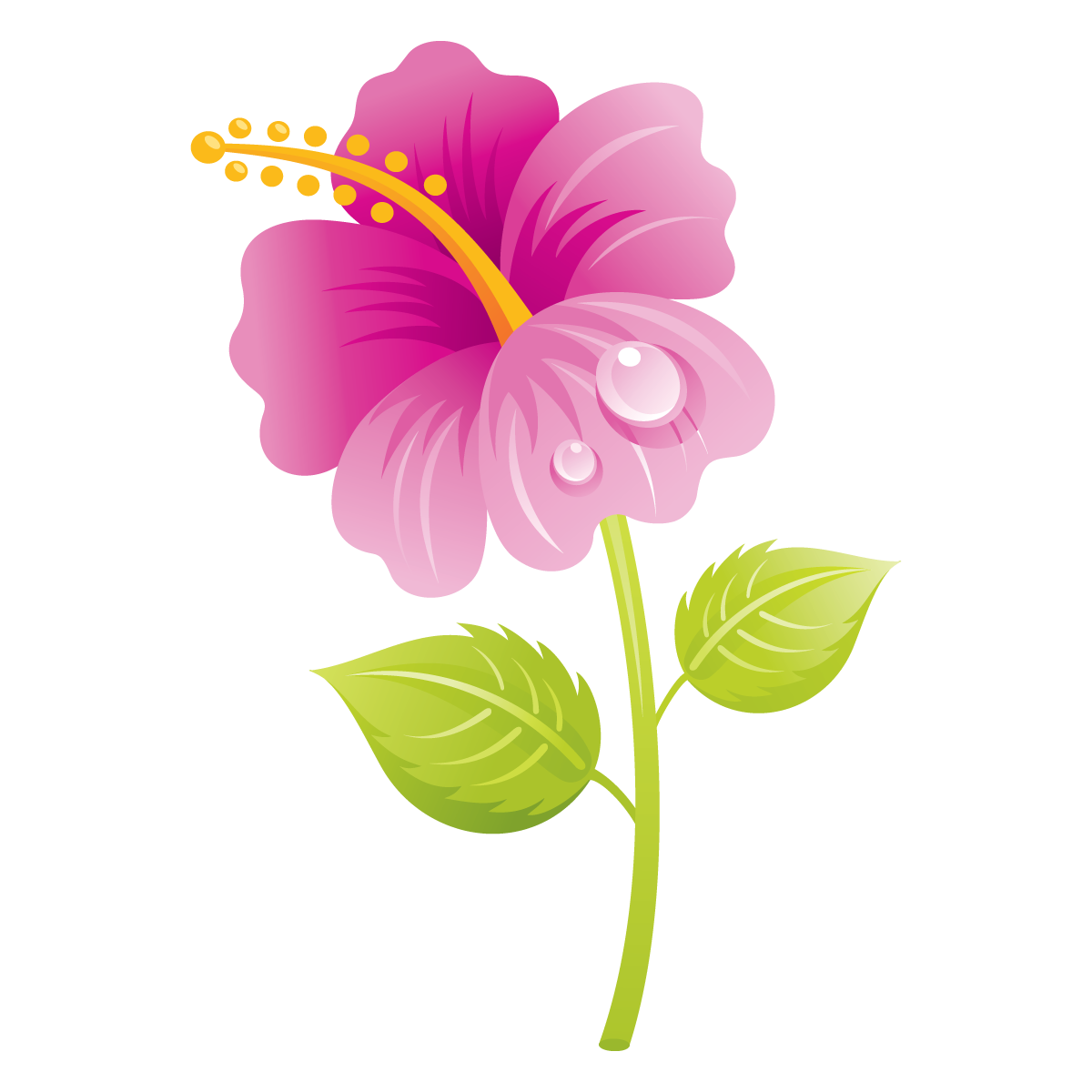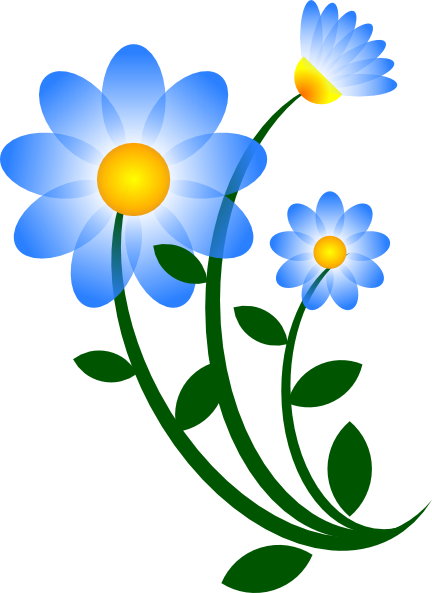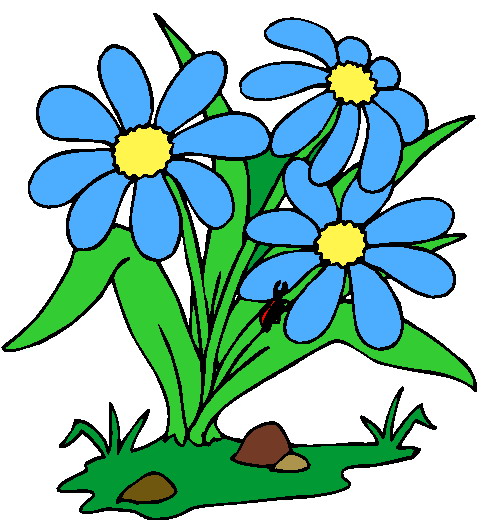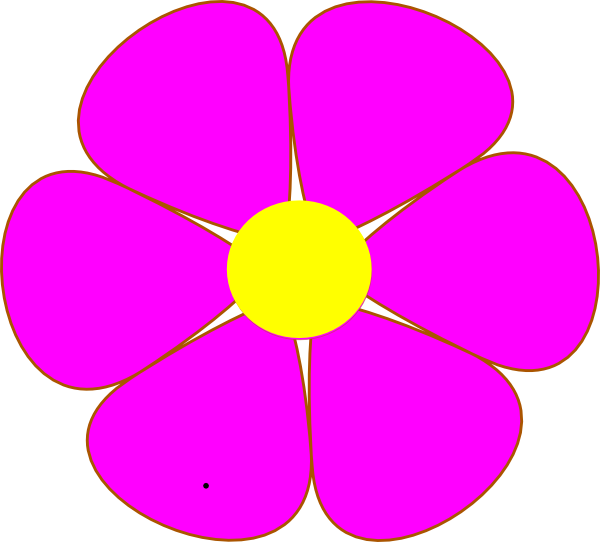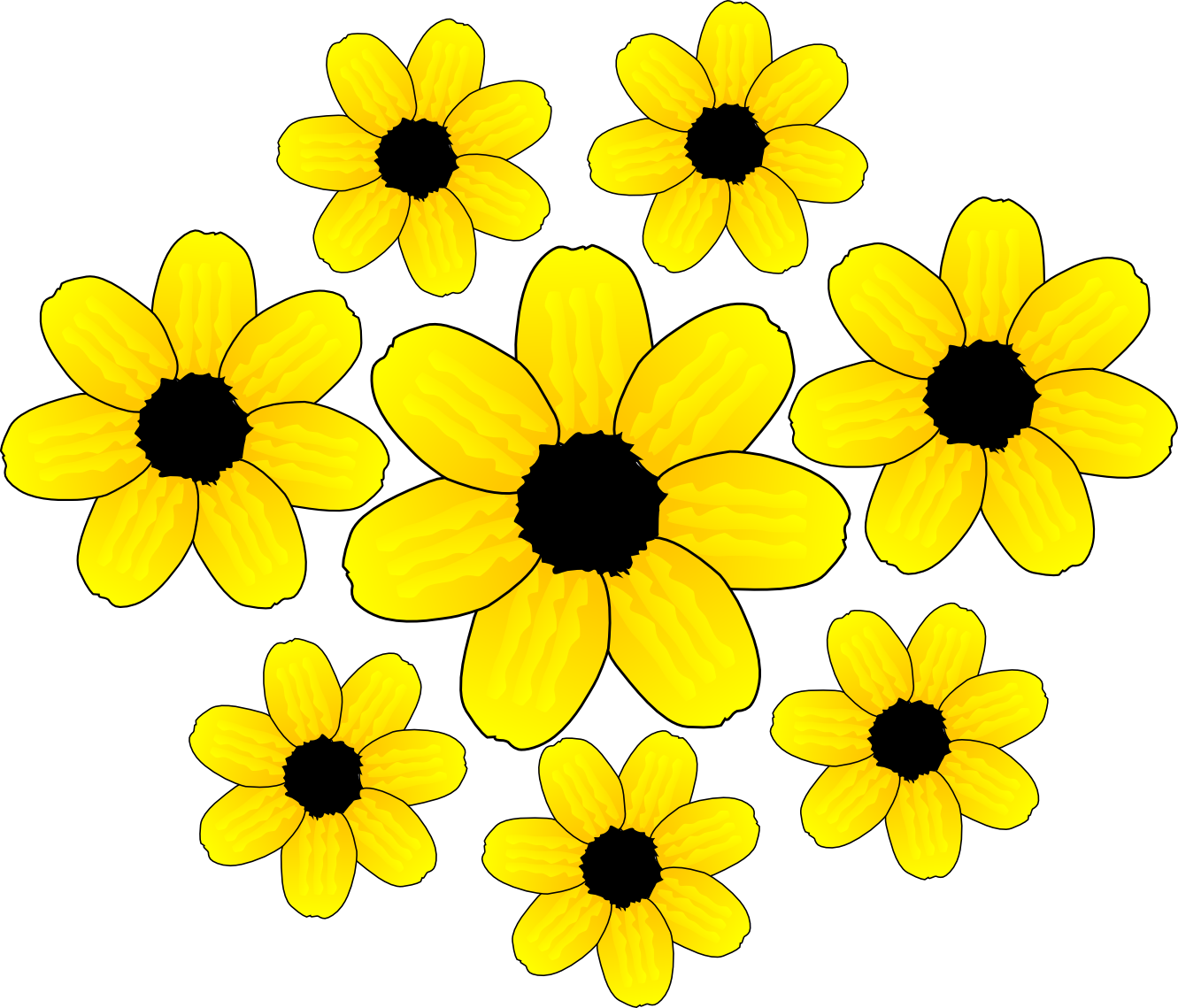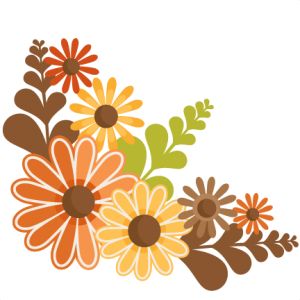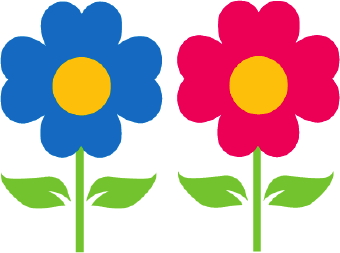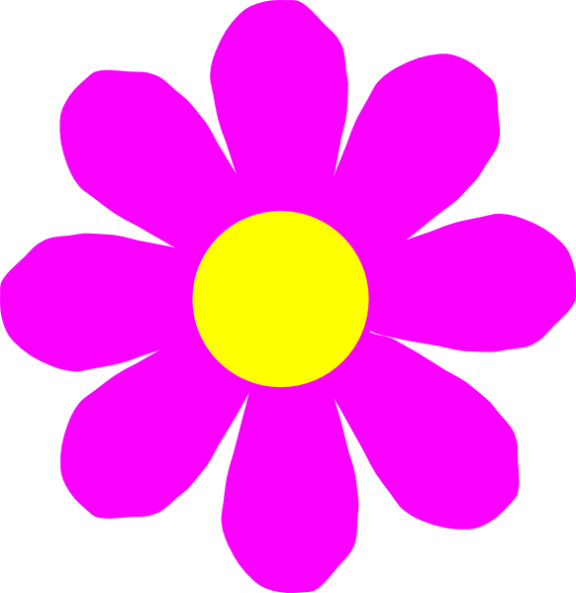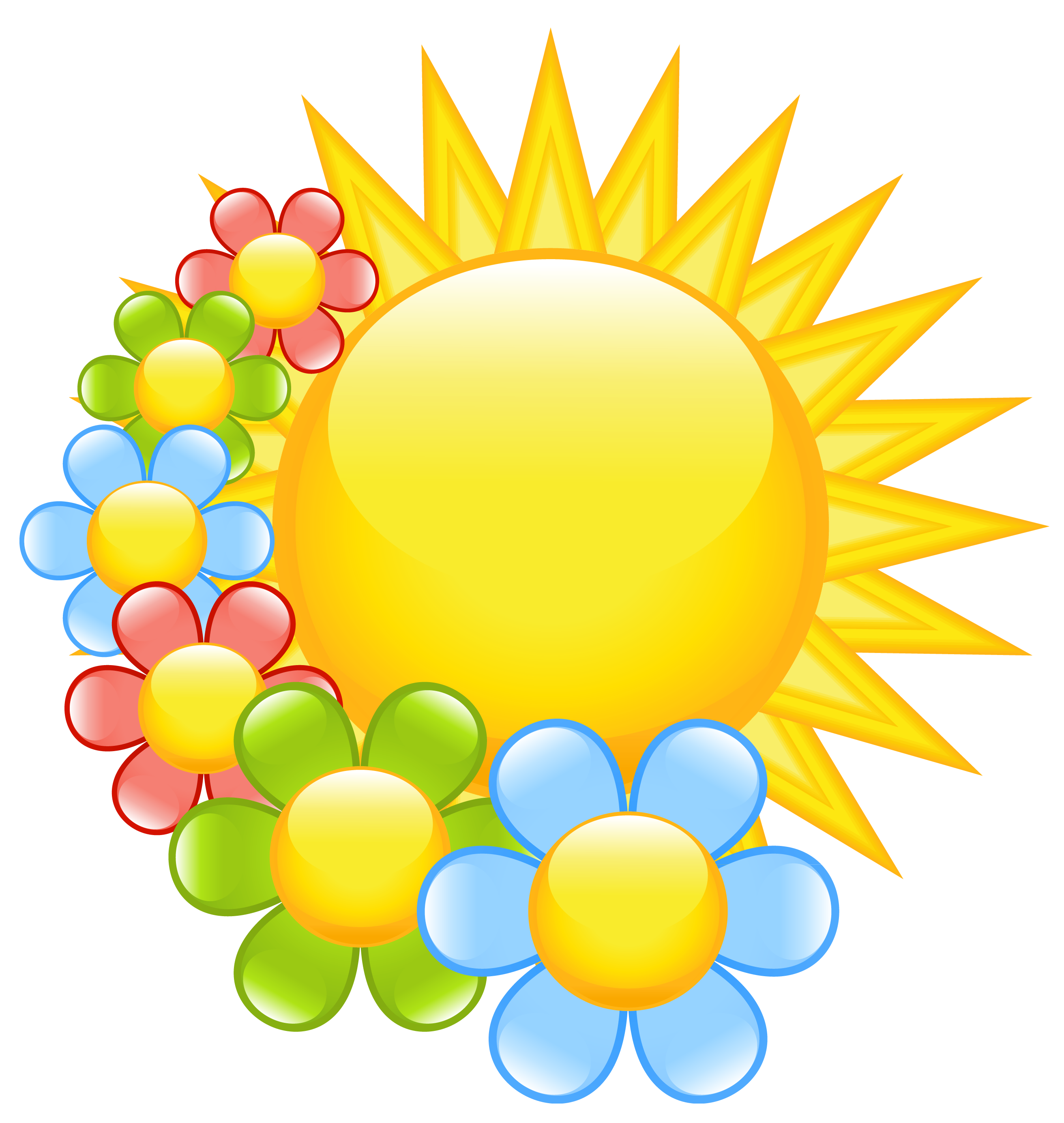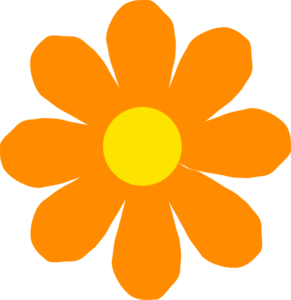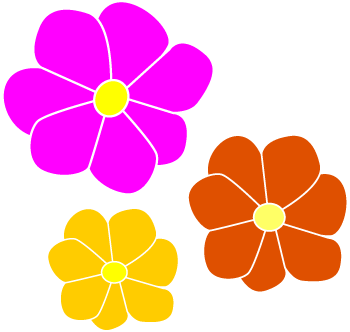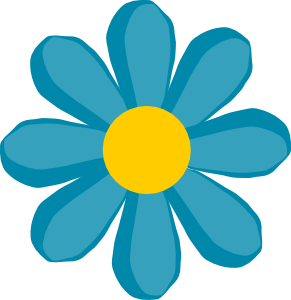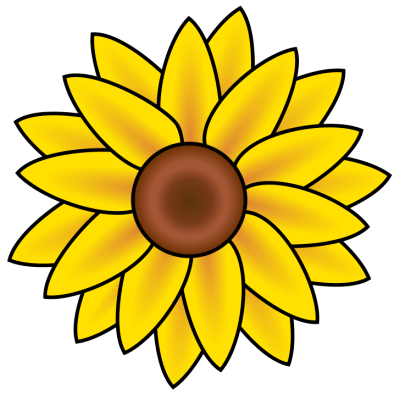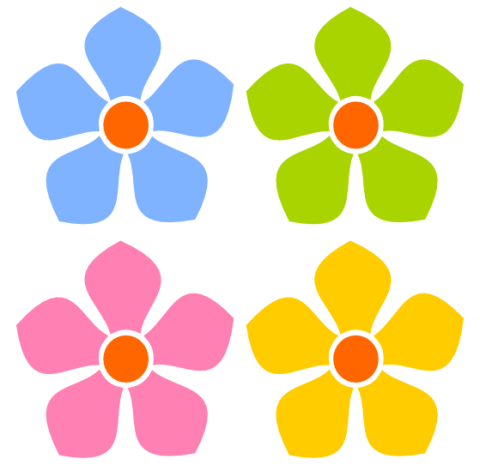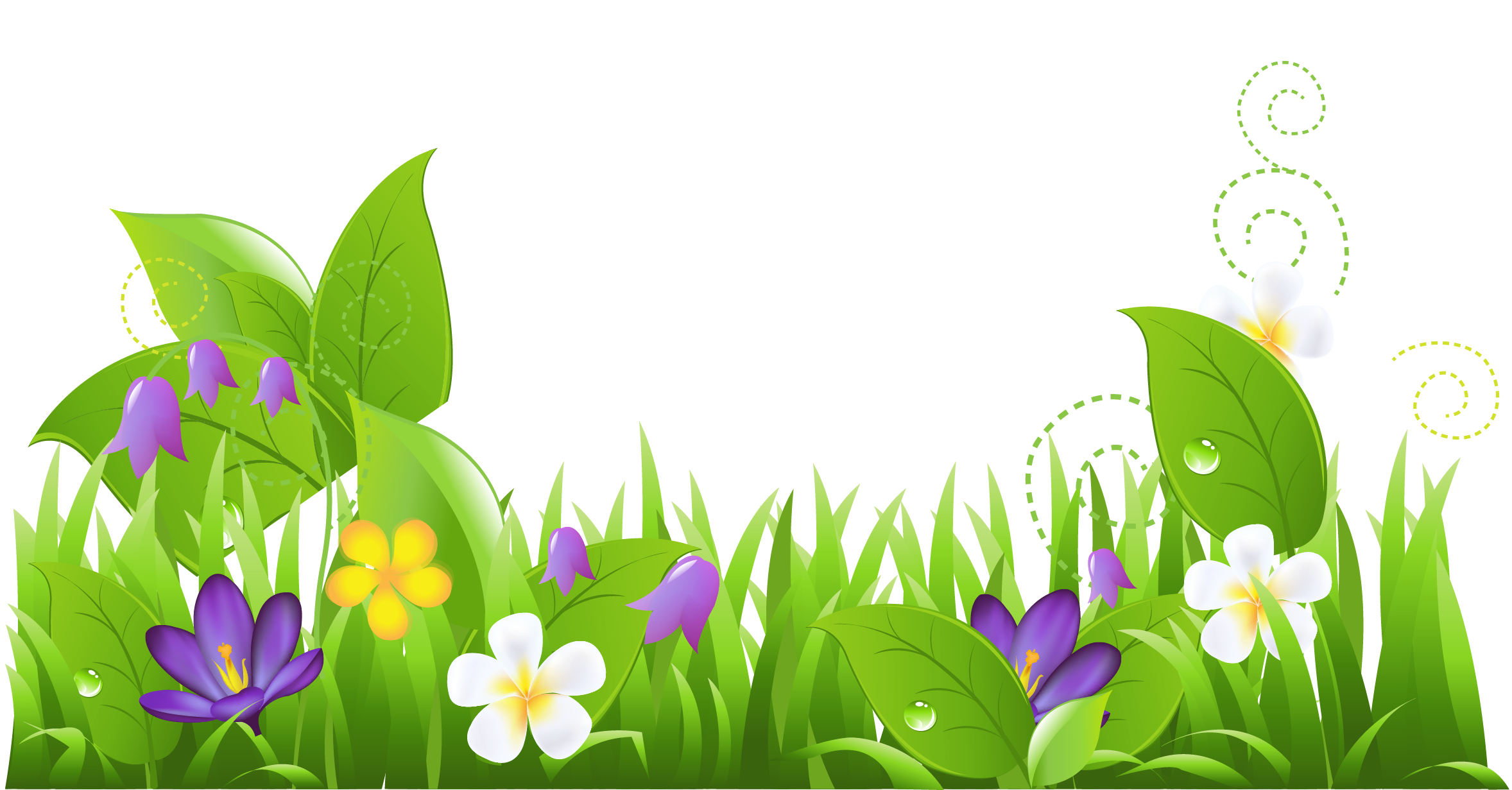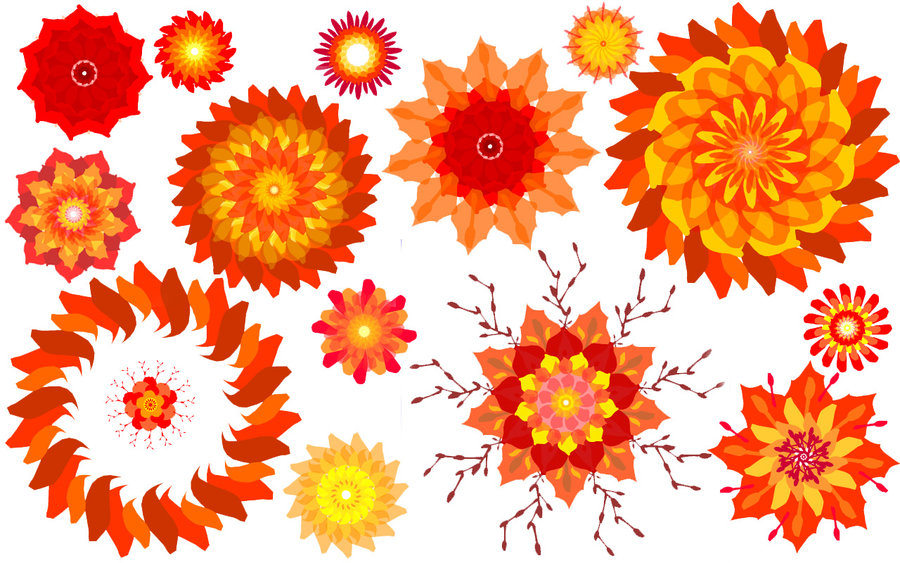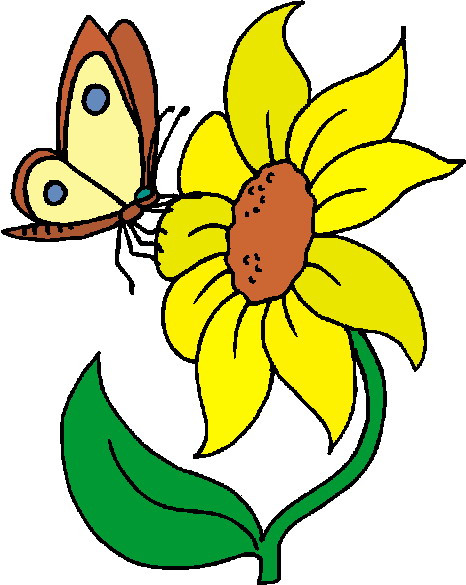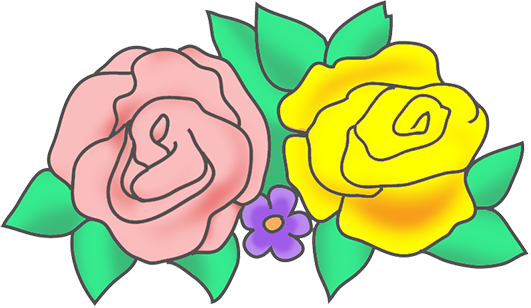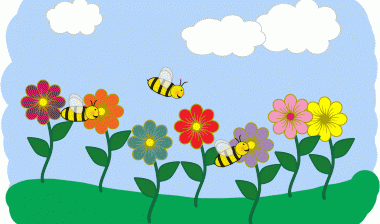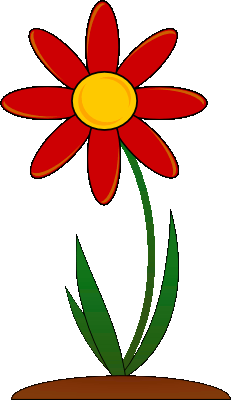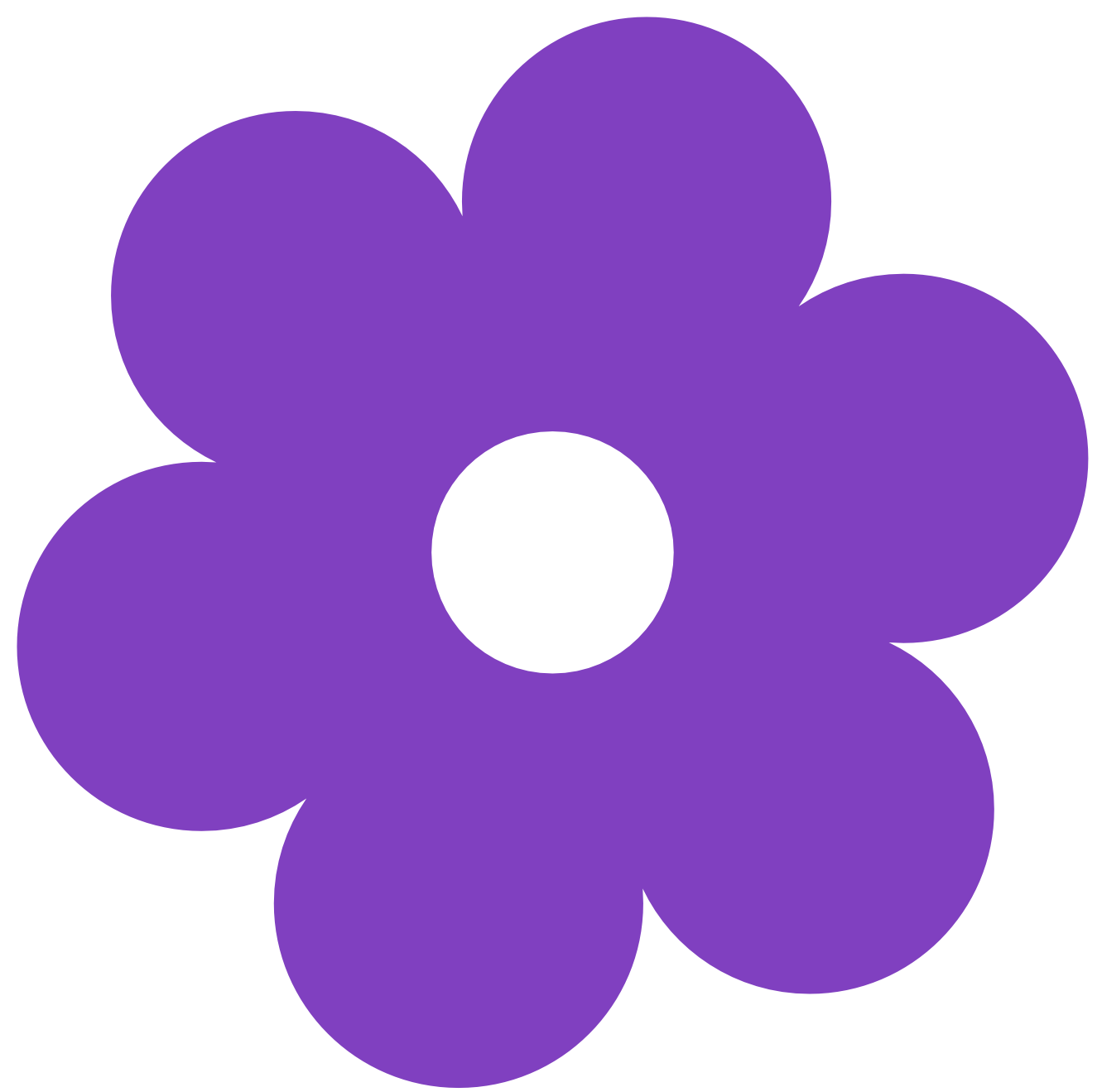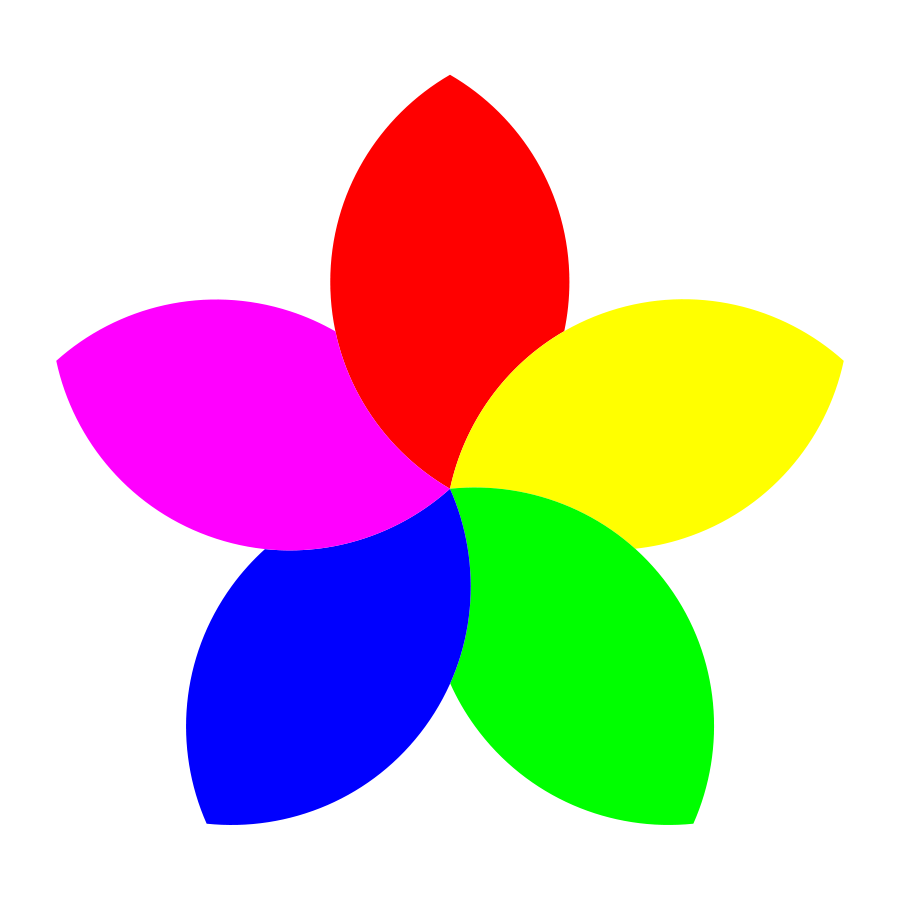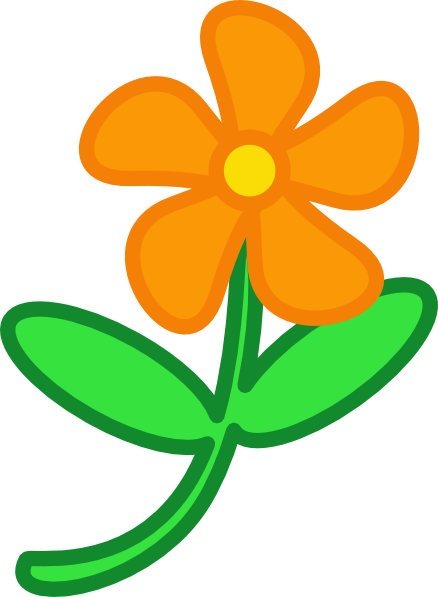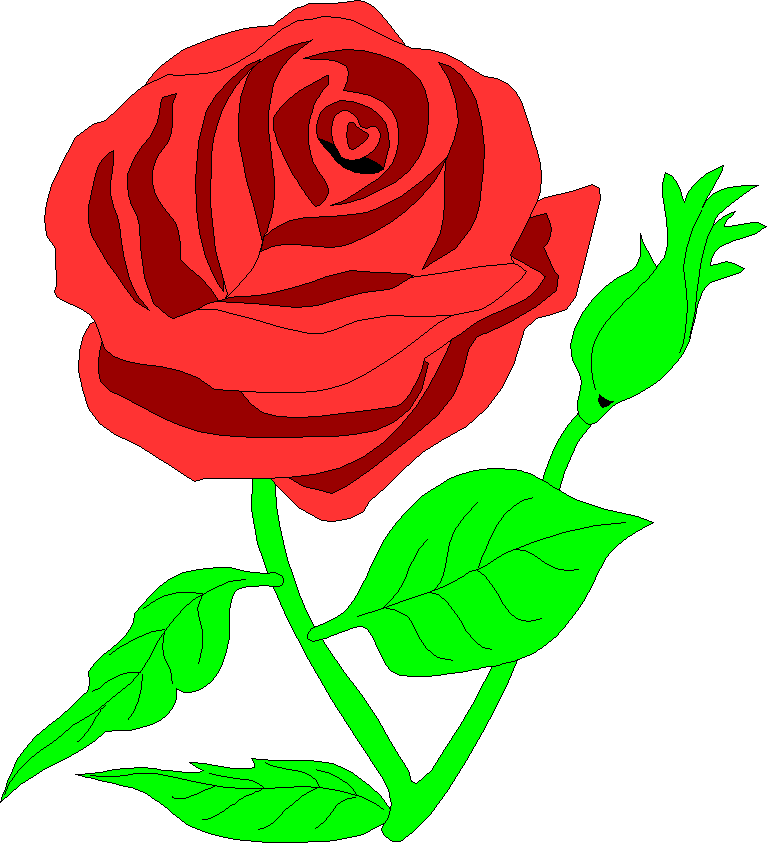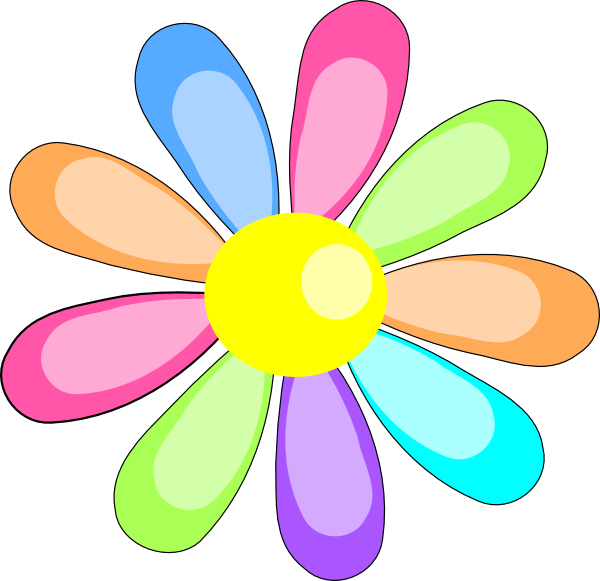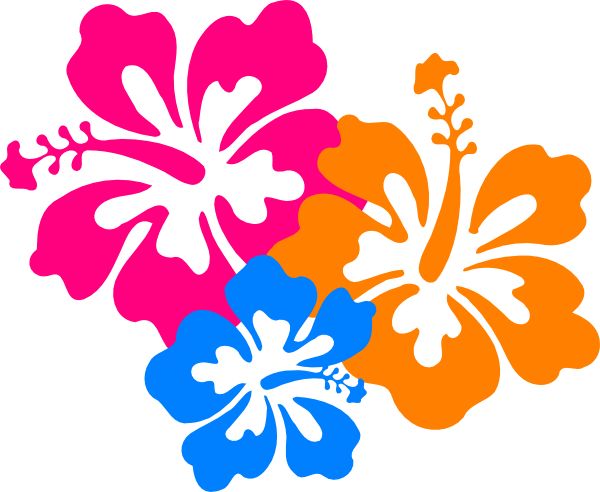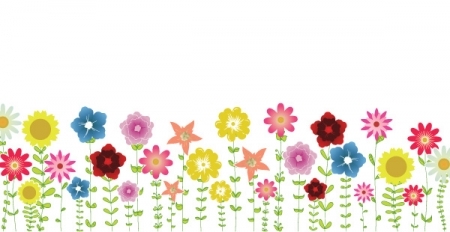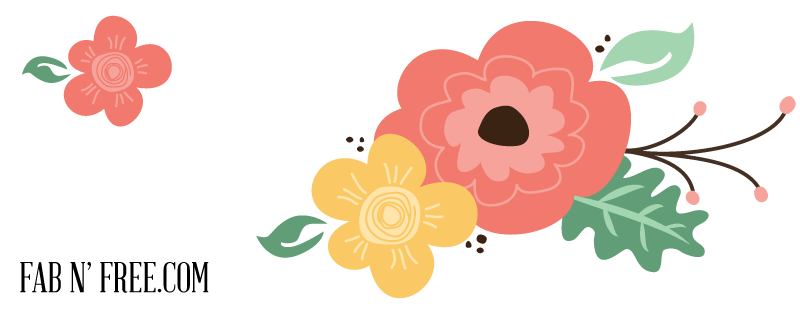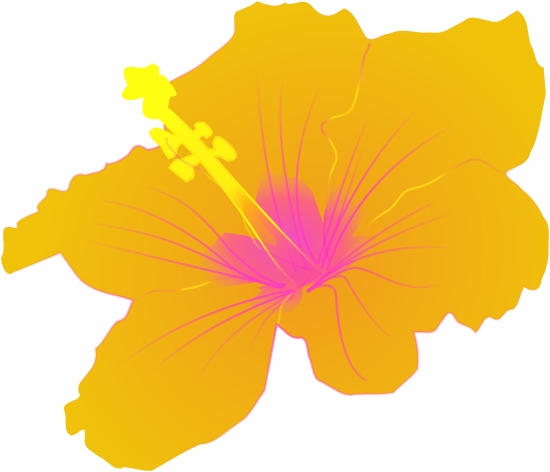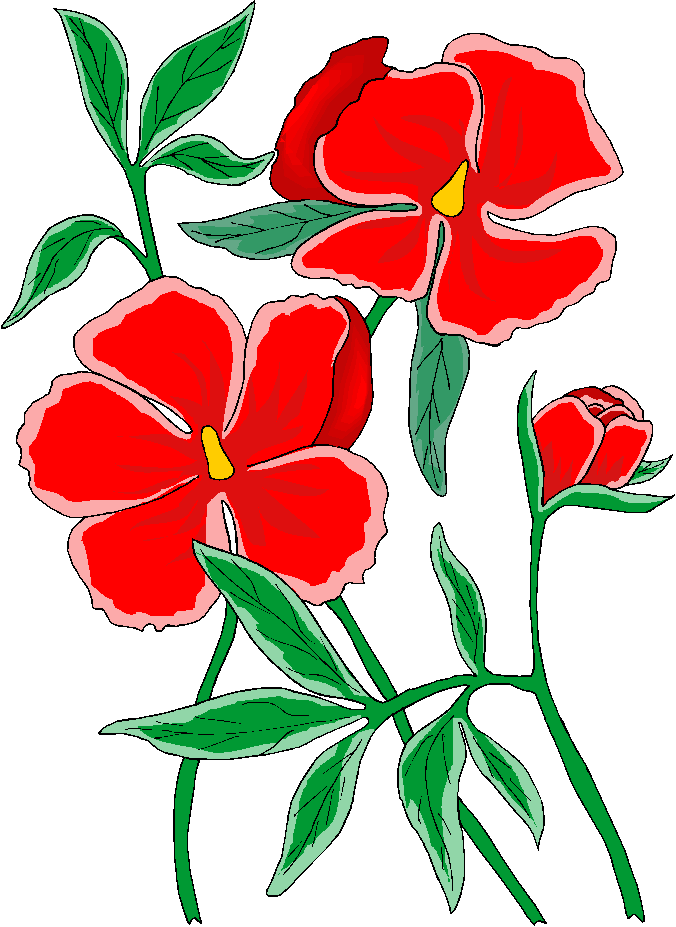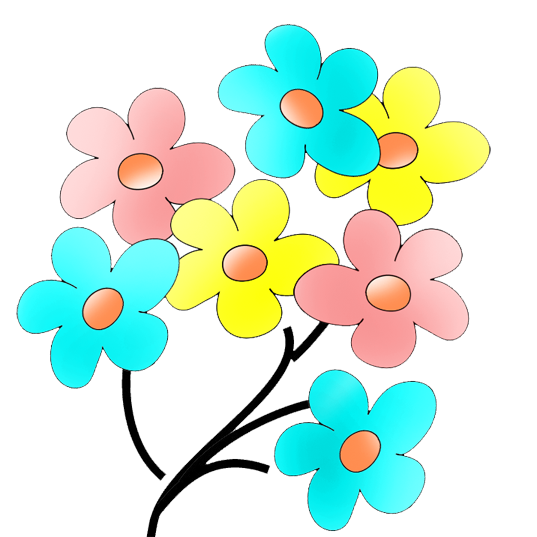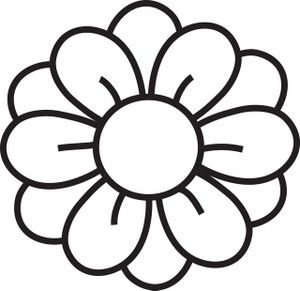Flowers Clipart
Flowers are a wonder of the natural world. Botanically, they are the reproductive structures found in flowering plants, which make up over 90% of all plant species. Flowers have evolved into a dazzling array of varieties, sizes, shapes, and scents to aid in specialized pollinator attraction. Beyond basic biology, flowers carry deep cultural significance around the world as symbols, gifts, ornaments, and more. Their fleeting blooms and colorful diversity inspire a sense of joy and imagination across humanity.
Common Types of Flowers
Common varieties of flowers known to most people include:
Roses – With thorny stems and showy, aromatic blossoms, over 130 species of roses exist. Hybrid tea roses and old garden roses are especially prized in bouquets and landscaping for their large, symmetrical blooms in red, pink, white, yellow, and other hues.
Tulips – Originally from central Asia, now over 3,000 varieties of tulips grow around the world. They are spring blooming bulbs producing cup or bowl-shaped flowers in intense reds, purples, whites, and other colors.
Daisies – Daisies have central yellow discs surrounded by white or pink ray florets. Common lawn daisies belong to the Bellis genus while gerbera daisies are popular in floral arrangements.
Orchids – Highly adapted to specialized pollinators, orchids produce unique, irregular flower shapes with six petals. The tropical Phalaenopsis orchid is a popular houseplant while lady slipper orchids have pouch-shaped lips.
Sunflowers – Iconic sunny yellow blooms standing tall on thick stems, the common sunflower Helianthus annuus tracks sunlight daily while cultivated varieties produce darker reds and browns.
Flower Anatomy
Flowers contain reproductive parts surrounded by modified leaves called petals arranged precisely to encourage pollination. Key structures include:
- Sepals – Small green leaf-like parts surrounding and protecting unopened bud
- Petals – Often brightly colored to attract pollinators
- Stamens – Male organs producing pollen grains
- Anthers – Tips of stamens containing pollen
- Filaments – Stalks supporting anthers
- Carpels – Female reproductive organs containing ovaries
- Stigma – Sticky surface to catch pollen
Flower Growth Cycle
Annual, biennial, and perennial flowers reproduce via an elegant lifecycle synchronized with seasonal changes:
Seed Germination – Seed sprouts and forms young seedling when moisture and temperatures allow
Vegetative Growth – Leaves, stems, and storage organs expand to capture sunlight and nutrients
Flower Bud Formation – Photoperiod triggers reproductive organs to begin developing
Flower Blooming – Petals open fully allowing pollination between male stamens and female carpels
Pollination – Pollen transfer from anthers to stigma via wind, animals, or insects
Fertilization – Male gametes from pollen fuse with female gametes forming seeds
Seed/Fruit Production – Ovaries swell into fruits containing mature seeds for next generation
Seed Dispersal – Fruit structures aid distribution of seeds by wind, water, animals, or mechanical burst
Dormancy – Some seeds undergo a rest period before completing the cycle again
Symbolic Meaning of Flowers
Beyond beauty alone, human cultures have long assigned symbolic meaning to flowers based on characteristics evoking ideas like:
Roses – Love, romance
Lilies – Purity, innocence
Chrysanthemums – Loyalty, devotion
Daisies – Cheer, simplicity
Irises – Wisdom, valor
Daffodils – Rebirth, new beginnings
Morning Glories – Affection, mortality
Poppies – Sleep, peace, death
These traditional symbolic meanings are still commonly invoked today through flower gifts, floral motifs in art, and national/state flowers like the rose (United States) or shamrock (Ireland).
Flowers as Decorations
The innate beauty, variety, and meanings found in flowers have led every human culture to employ cut stems, garlands, petals, or essential oils to decoratively embellish:
Celebrations – Especially weddings utilizing roses, lilies, baby’s breath
Ceremonies – Graduations or funerals highlighted with flowers
Festivals – Parades adorned with vibrant flower displays
Homes/Buildings – Vases, potted plants, dried arrangements
Attire – Leis, corsages, floral print fabrics
Artwork – Depictions of flower motifs dating to ancient civilizations
Perfumes – Distilled from jasmine, rose, lavender, or other fragrant blooms
Flower Clip Art Overview
Flower clip art refers to a style of illustration featuring brightly colored, simplified flowers and arrangements. Emerging alongside color printing technology in the 1930s, florals became a popular motif across advertising, packaging, and publishing.
Vintage flower clip art drew from Art Nouveau, Art Deco, and Arts & Crafts aesthetics with flat graphics, intricate borders, geometric shapes, and non-naturalistic interpretations abandoning realism for decorative impact.
As digital production accelerated in the 1990s, classic flower clip art was adapted to primitive computer graphics and vector formats becoming widely distributed as CD collections or online libraries intended for broad public usage.
Accessing Flower Clip Art
Legal flower clip art for commercial or personal use can be readily found through:
Public Domain Archives – Vintage works no longer under copyright such as U.S. government WPA graphics or expired copyright materials
Stock Sites – Royalty-free images on sites like iClipArt, Clipart.com, etc. usually sold in bulk subscriptions or per image
Museum Collections – Institutions like New York Public Library or Smithsonian release high quality public domain art
Users should always check terms of use and confirm public domain status for older clip art that may still fall under copyright laws in some countries.
Using Flower Clip Art
Modern designers, artists, bloggers, editors, and crafters creatively employ vintage and contemporary flower clip art to economically add eye-catching details in:
Documents – Reports, party invitations, greeting cards
Presentations – Slideshow embellishments like borders, dividers, accents
Web Design – Visual touches on websites, blogs, or social media
Decorative Arts – Scrapbooking, posters, jewelry, quilting
Event Flyers/Signs – Quick floral motifs to catch attention
Packaging – Labels, wrapping paper, gift bags
Textile Design – Prints and patterns featuring floral themes
With themed collections available, creatives can easily find on-trend cactus, botanical, retro, or tribal flower clip art styles to suit any project.
Copyright Issues with Flower Clip Art
While beautiful images abound, flower clip art usage has legal limitations users should consider:
- Closed Collections – Most museum or photo archives prohibit redistribution
- Private Property – Do not assume images found through search sites are copyright free
- Restricted Licenses – Stock photos/clip art have usage terms limiting applications
- Unclear Rights – Unsure? Investigate origins and ownership before publishing
Credit any public domain or commercial flower clip art used, do not claim authorship, and respect provided download permissions. Alteration is recommended with commercial images to avoid duplicated usage. For broad application, invest in reputable stock subscriptions or collections like Dover books. With conscientious downloading and attribution, flower clip art can provide whimsical embellishment without legal risks.
In this page clipartix present 76 flowers clipart images free for designing activities. Lets download Flowers Clipart that you want to use for works or personal uses.
